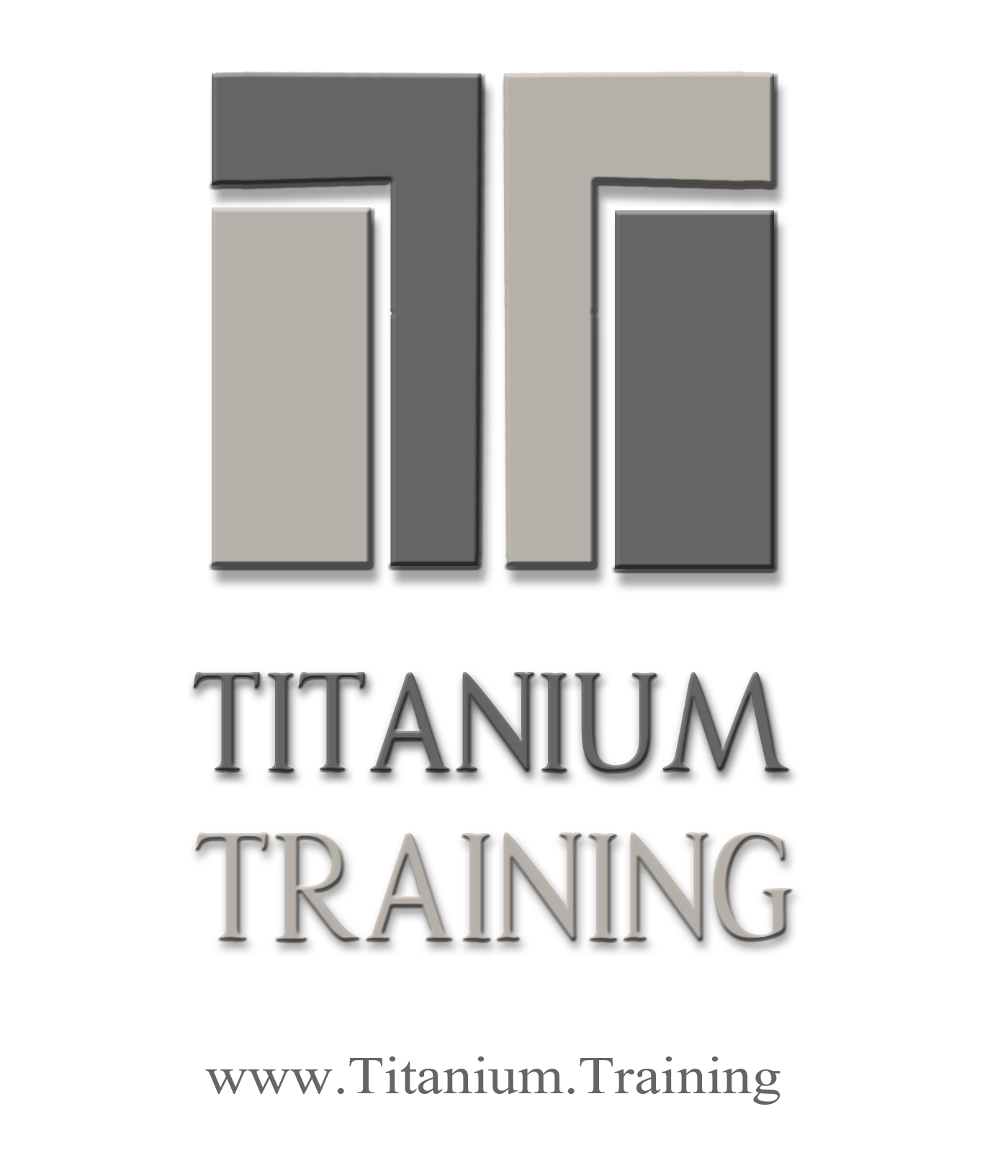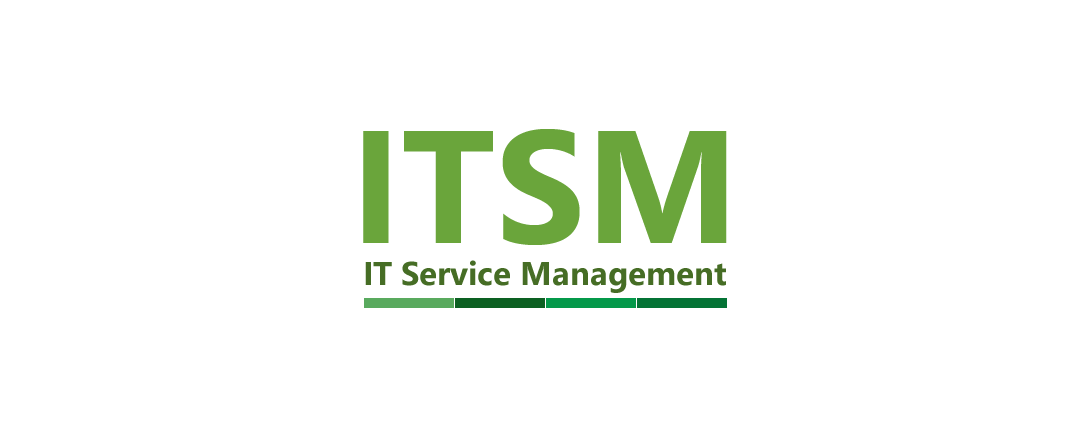Description
£811.00
As businesses demand more from IT managers, organisations are looking to ITIL (IT Infrastructure Library) Service Management as the best practice approach to operational and service excellence. ITSM employs ITIL documented best practices and in most cases extends into additional areas such as enhanced processes and implementation to provide additional value-added functionality. ITSM methods have evolved to include specific ways to enable and optimise assessment, planning, and implementation of ITIL best practices.
Description
About this course
As businesses demand more from IT managers, organisations are looking to ITIL (IT Infrastructure Library) Service Management as the best practice approach to operational and service excellence. ITSM employs ITIL documented best practices and in most cases extends into additional areas such as enhanced processes and implementation to provide additional value-added functionality. ITSM methods have evolved to include specific ways to enable and optimise assessment, planning, and implementation of ITIL best practices.
Training Solution Breakdown:
- Intuitive and rewarding online training resources
- Comprehensive Freephone or email support
- 24/7 access to training materials
- Study anytime, anywhere in a world for a flexible learning experience
- 12 months (one year) unrestricted access
- Progress reviews & comprehensive assessments to ensure efficient understanding of course content
- Career advice and CV support once training has been completed
Buy this course today and take control of your career and enhance your prospects.
IT Service Management Breakdown
-
Chapter 1: ITIL and ITSM
- What Is ITIL?
- ITIL and QOS
- Who's Using ITIL?
- Benefits of Using ITIL
- Benefits to the Customer and User
- Benefits of ITIL to IT
- Implementation Problems
- 7 Disciplines of ITIL
- ITIL & ITSM Overview
- Security Management
- ICT Infrastructure Management
- Application Management
- Planning to Implement Srvc Management
- The Business Perspective
- Chapter 1 Review
-
Chapter 2: Service Level Management
- Introduction
- Goals
- Roles & Responsibilities
- Procedures
- Action Steps
- Interface with Other ITSM Practices
- Management Oversight
- Benefits
- Potential Consequences
- Chapter 2 Review
-
Chapter 3: Capacity Management
- Goals
- Roles & Responsibilities
- Procedures
- Action Steps
- Interface with Other ITSM Practices
- Management Oversight
- Benefits
- Potential Consequences
- Chapter 3 Review
-
Chapter 4: Availability Management
- Goals
- Roles & Responsibilities
- Procedures
- Action Steps
- Interface with Other ITSM Disciplines
- Management Oversight
- Benefits
- Potential Consequences
- Chapter 4 Review
-
Chapter 5: Financial Management for IT Services
- Goals
- Roles & Responsibilities
- Procedures
- Action Steps
- Interface with Other ITSM Disciplines
- Management Oversight
- Benefits
- Potential Consequences
- Chapter 5 Review
-
Chapter 6: Incident Management
- Service Requests Scope
- Service Request vs. RFC
- Goals
- Roles & Responsibilities
- Incident Management Process Summary
- Action Steps
- Interface with Other ITSM Processes
- Management Oversight
- Benefits
- Potential Consequences
- Chapter 6 Review
-
Chapter 7: Problem Management
- Relationship with Incident Management
- Goals
- Roles & Responsibilities
- Procedures
- Action Steps
- Interface with Other ITSM Disciplines
- Management Oversight
- Benefits
- Potential Consequences
- Chapter 7 Review
-
Chapter 8: Configuration Management
- Key Concepts
- Goals
- Roles & Responsibilities
- Procedures
- Action Steps
- Interface with Other ITSM Disciplines
- Management Oversight
- Benefits
- Potential Consequences
- Chapter 8 Review
-
Chapter 9: Change Management
- Goals
- Roles & Responsibilities
- Procedures
- Action Steps
- Interface with Other ITSM Disciplines
- Management Oversight
- Benefits
- Potential Consequences
- Chapter 9 Review
-
Chapter 10: Release Management
- Key Terms
- Goals
- Procedures
- Action Steps
- Interface with Other ITSM Disciplines
- Benefits
- Potential Consequences
- Chapter 10 Review
-
Chapter 11: The Service Desk
- Overview
- Goals
- Implementing SD Infrastructure
- Key Considerations
- Selecting Service Desk Structure
- Local Service Desk
- Central Service Desk
- Virtual Service Desk
- Considerations
- Incident Classification
- Incident Completion
- Technologies - Computerized Benefits
- Technologies - Customer Interaction
- Use of Internet Technology
- Responsibilities, Functions and Staffing
- Staffing Skill Set
- Service Desk Set Up
- Service Desk Procedures
- Incident Reporting and Review
- Key Success Factors
- Quick Wins Examples
- Potential Problems
- Chapter 11 Review
For more information, contact one of our course advisors
No other books are necessary for this course.
For more information, contact one of our course advisors









